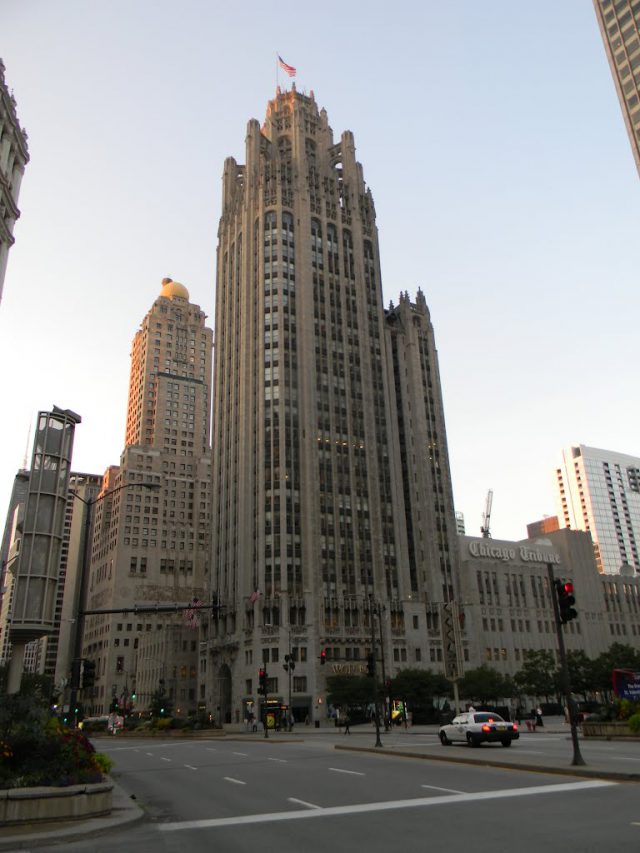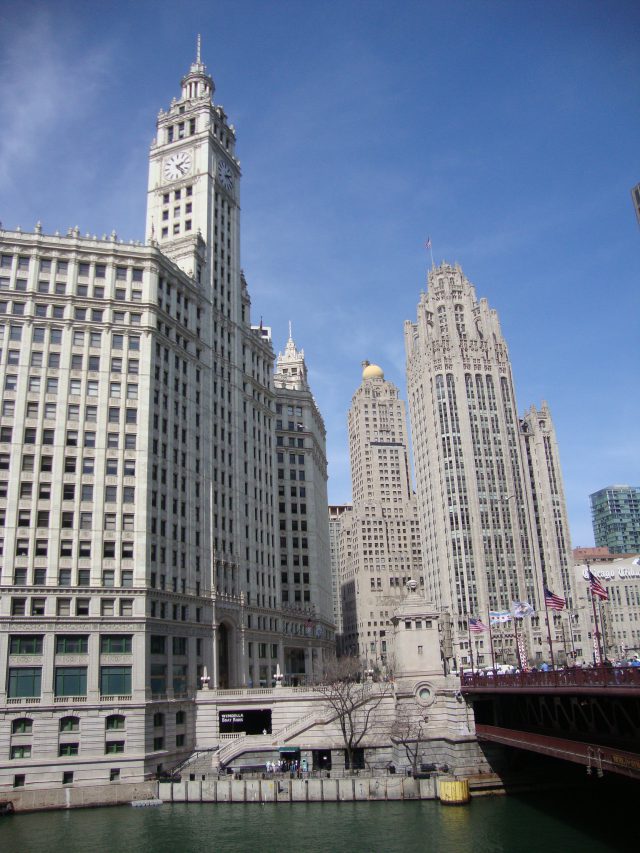From The Wall Street Journal:
The well-documented decline of the newspaper industry, combined with the enduring popularity of city living, is having one unexpected consequence: reinvention of the urban areas these old media companies once inhabited.
Take the northeast corner of Boston’s South End. In the 1950s, store-laden blocks were razed to make way for industrial structures, including the headquarters for the Boston Herald Traveler newspaper, which ultimately became the Boston Herald. In 2012, the Herald moved to the city’s Seaport District, and the neighborhood has been revamped into Ink Block, contemporary residential complexes peppered with cultural, culinary and modern day enterprises, including the city’s first co-living residence, which is slated for completion next year.
Other cities are also seeing the value of urban real estate exceed the economics of operating a daily newspaper. There continues to be strong interest in the physical footprints of these entities, often for their proximity to meaningful city points.
In the case of the former site of the Tampa Tribune, the area has been radically transformed from a stubby, visually humdrum media complex into new and sleek waterside residences. When the Chicago Tribune offices relocated to the Prudential Plaza complex overlooking Millennium Park in June 2018, developers began converting the building’s interior infrastructure not into chic co-working environments for new swells of office workers, but upscale living spaces for busy Chicagoans and their families.
Some developers have taken advantage of the locale’s history and used the newspaper association to help forge a media brand identity for their projects.
. . . .
In 1922, the Chicago Tribune launched an international design competition for its new headquarters to spotlight its 75th anniversary, proffering straightforward instructions that it had to be the most beautiful and distinctive office building in the world, according to Chicago Tribune archives. Following the sale of the Tribune Tower in 2016, the newspaper vacated once its lease expired.
Now, the interiors of the iconic 1925 neo-Gothic Tribune Tower no longer contain the hustle and bustle of offices for the city’s long running daily paper, but are turning into 162 luxury condominiums selling for between $900,000 and $7.6 million. They will be ready for occupancy starting the first quarter of 2021, according to representatives of Golub & Co., a developer.
Golub along with CIM Group of Los Angeles purchased the riverfront property for $240 million in 2016. This began a monumental redevelopment plan that also includes the building of a 1,422-foot mixed-use high-rise northeast of the Tribune building—what’s to become the city’s second tallest skyscraper—supplanting the Trump International Hotel & Tower. Residential amenities will include an indoor pool, a golf simulation room, a terrace herb garden and a fitness center with spa luxuries.
Plans are in place to refurbish and reinstall the newspaper’s classic sign on the Tribune Tower, and other archival accents in the lobby, such as influential journalism quotes etched on its stone walls, will also remain, according to the developers.
Link to the rest at The Wall Street Journal (sorry if you run into a paywall)

PG used to live in Chicago and walked along Michigan Avenue between The Tribune Tower and The Wrigley Building (on the left in the photo that follows). These two buildings were monuments to a vibrant and entrepreneurial era for Chicago. If PG remembers his Chicago history correctly, The Wrigley Building was the first skyscraper built north of the Chicago River. PG’s great-grandfather owned and operated a piano and organ factory located along the Chicago River during this period of time. He built a lovely house in Evanston, not far from Northwestern University from the profits he earned.
William Wrigley, Jr., built the Wrigley building from his chewing gum fortune between 1920-24 and owned the Chicago Cubs for many years. William’s son and heir, P.K. Wrigley, thought baseball should be played in the afternoon and, during his lifetime, refused to install lights at Wrigley Field. After his death in 1977 and a typical Chicago disagreement, Wrigley Field became the last field in Major League Baseball to host night baseball games on August 8, 1988.
PG will note that P.K. had no problems with the idea of illuminating the Wrigley Building and it was brightly lit every time PG walked past it after dark.
The Tribune Building’s architecture was the result of an international design competition The Chicago Tribune sponsored in 1922. The winner of the competition was a neo-Gothic design you see today. In 1924, the Tribune bought an early radio station renamed it WGN (AM), the station call letters standing for the paper’s claim to be the “World’s Greatest Newspaper’.
